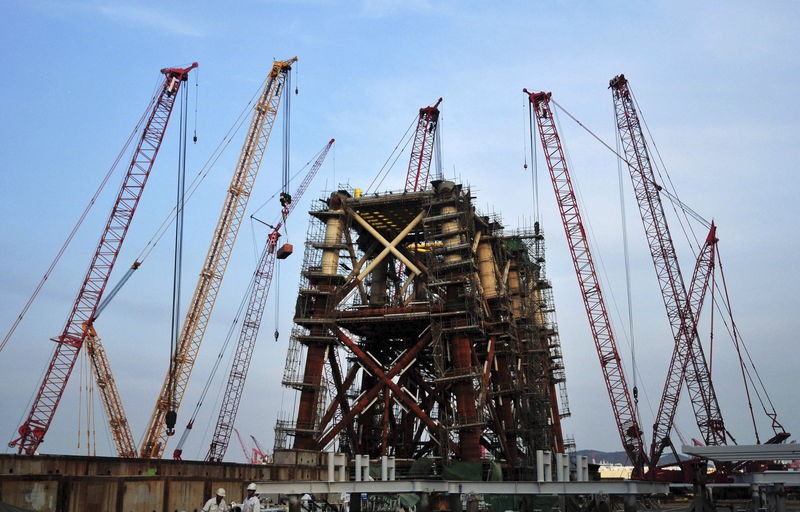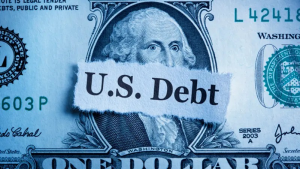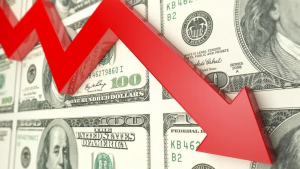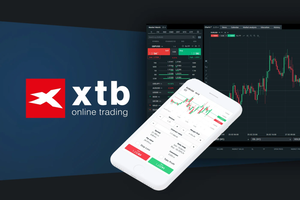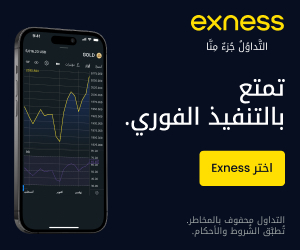Oil prices moved little in Asian trade on Wednesday after U.S. President Donald Trump flagged progress towards an Israel-Hamas ceasefire, while signs of an unexpected build in U.S. inventories sapped some confidence.
Focus was also squarely on an upcoming meeting of the Organization of Petroleum Exporting Countries and allies (OPEC+), where the cartel is widely expected to increase production. The OPEC+ will meet on July 6.
Brent oil futures for September were steady at $67.09 a barrel, while West Texas Intermediate crude futures fell 0.1% to $64.06 a barrel by 21:00 ET (01:00 GMT).
Brent futures recovered some ground after sliding to a three-week low on Tuesday, as oil wiped out all gains made during the recent Israel-Iran war after the two agreed to a U.S.-brokered ceasefire.
Oil was also rattled by increasing uncertainty over U.S. trade tariffs before a July 9 deadline. Trump said on Tuesday that he did not see a need to extend the deadline.
Trump says Israel agreed to terms for 60-day Hamas ceasefire Trump on Tuesday evening said Israel had agreed to the conditions needed to finalize a 60-day ceasefire with Hamas, while also urging the Palestinian group to accept the deal.
Trump said his administration held a “long and productive meeting” with Israel, and now called on Hamas to accept a new ceasefire agreement. Trump said that the 60 days will be used to reach a permanent ceasefire.
3rd party Ad. Not an offer or recommendation by Investing.com. See disclosure here or remove ads. An Israel-Hamas ceasefire points to a further deescalation in geopolitical unrest in the Middle East, especially after a recent Israel-Iran ceasefire appeared to be holding.
But such a scenario heralds fewer disruptions in oil supplies from the region, and serves as a negative signal for crude markets.
US inventories unexpectedly grow- API Data from the American Petroleum Institute showed on Tuesday that U.S. oil inventories grew 0.68 million barrels in the week to June 27, compared to expectations for a draw of 2.26 mb.
The API print followed five weeks of deep, outsized draws in U.S. oil stockpiles, and raised some questions over fuel demand in the travel-heavy summer season.
The API data usually heralds a similar reading from government inventory data, which is due later on Wednesday.
Markets are grappling with some doubts over strong U.S. fuel demand, especially amid heightened uncertainty over Trump’s trade policies, sticky inflation, and deteriorating consumer sentiment.

